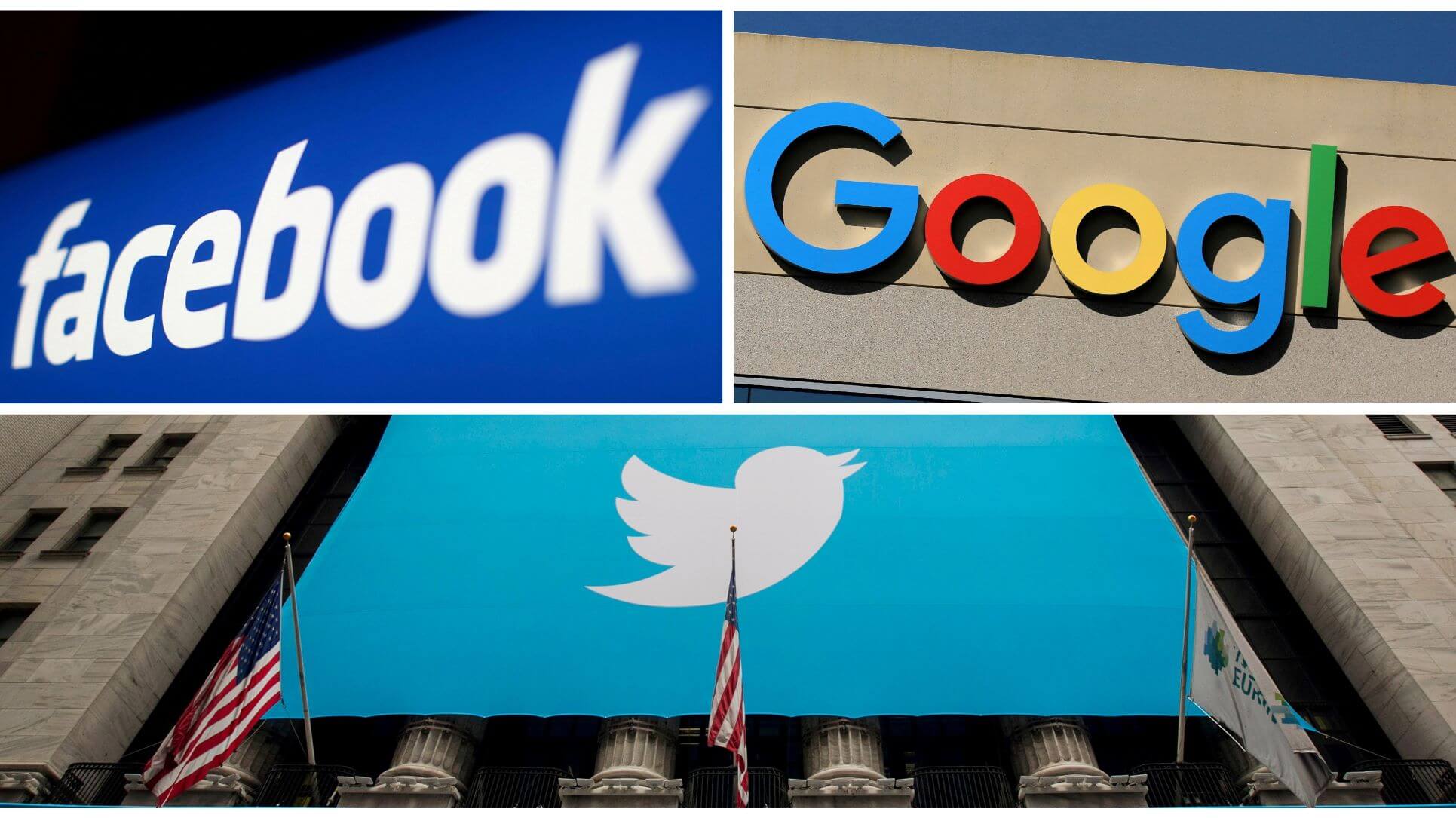Managing director for UK & Ireland at Outbrain
View Author ProfileStephanie Himoff, managing director UK & Ireland at content discovery platform Outbrain, looks at different types of content and explains where they are particularly useful for a brand.
Opinions
What Is The Optimum Shelf Life For Content?
Stephanie Himoff, managing director UK & Ireland at content discovery platform Outbrain, looks at different types of content and explains where they are particularly useful for a brand.

Content has become a powerful weapon in any digital marketing strategy. After all, 70% of consumers prefer to get to know a brand through informed, entertaining and engaging content over advertising.
A strong and well thought out content strategy can help enhance reputation, awareness, consideration and action, but a common conundrum for digital marketers is judging the timeliness of content – when should we place content, and how long do we want people to engage with it?
The longevity of content is an important factor to consider - content can have a long-lifespan and encourage repeat visits and upselling, if used correctly and to best effect.
It is important for brands to understand that some content can be promoted for a long period of time, while other material gives a short-lived, but healthy burst.
Content can be reactive or evergreen; the former is designed to give a short, sharp impact in reaction to breaking news or an event, while the latter relates to content that is designed to have a longer-term impact and can be re-visited at various points in time with the same impact.
Reactive content
Reactive content requires a strong understanding of industry trends as well as the wider news agenda. Although designed to respond to a breaking story, or themed around calendar dates like Christmas, Easter or Halloween, reactive content can be pre-created allowing for a number of outcomes to ensure timely release.
Reactive content typically only lasts for a short period of time, so has to be memorable. A list of top ten Christmas gift ideas, for example, is only likely to receive spikes in the weeks leading up to Christmas and then quickly loose interest in January.
Unique insights or gimmicks around high-profile national events can gain significant traction and engage consumers for longer, if suitably memorable and high-impact.
Reactive content is generally easier to create because it always hooks onto current affairs or widespread industry conversation, putting less emphasis on the brand to create a unique talking point or perspective.
Evergreen content
Evergreen content can be utilised all year round and should be designed to be viewed, revisited and shared for as long as possible. These commonly include lists, “how to” guides and other informative or educational articles.
Thought-provoking material can be more challenging to create: it is naturally more difficult to start a conversation than it is to contribute to one, hence high quality and genuinely unique insight is required to attract engagement and produce stand-out content.
Evergreen material is useful for as long as a brand can continue to promote and drive user engagement with it. Activity and engagement over time may vary, but the important difference between reactive and evergreen content is that evergreen content recovers after a slump and stays relevant and useful for consumers, whereas reactive content enjoys an initial surge in engagement before fading away over time.
Reactive v Evergreen: which is better?
Both types of content have their merits, strengths and potential weaknesses. Of course, evergreen content works harder for the brand because it does not have a shelf-life, and can continue to engage consumers long after it is created. On the other hand, reactive content is more easily created, and quality content at the relevant time can receive a lot of interest and drive significant value for a brand.
Through understanding what content users want to consume and when, content creators and marketers can choose their route to best create, publish and amplify content to meet their own needs and objectives.
Most read in Opinions
Trending articles on Opinions
Top articles on Minutehack
Thanks for signing up to Minutehack alerts.
Brilliant editorials heading your way soon.
Okay, Thanks!




